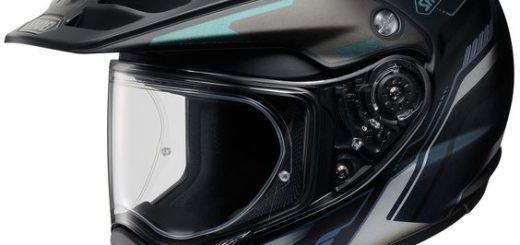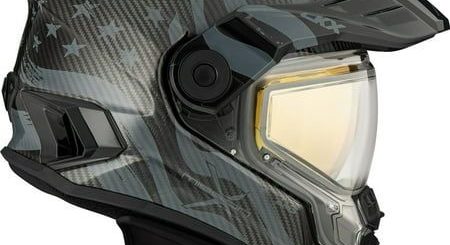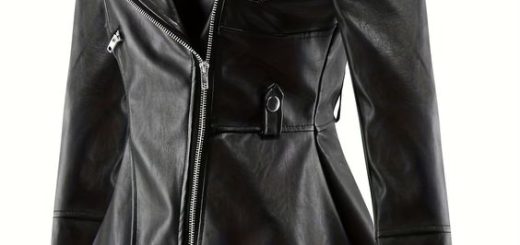How to Figure Out Your Motorcycle Helmet Size?
Your motorcycle helmet is your essential safety gear. It protects your head in the unfortunate event of an accident, and a proper fit is paramount for optimal safety and comfort. A helmet that’s too loose can move around on your head, reducing its effectiveness in a crash. Conversely, a helmet that’s too tight can be uncomfortable and lead to headaches or pressure points.
This guide takes the guesswork out of finding the right motorcycle helmet size. We’ll walk you through the simple process of measuring your head and using that measurement to select the appropriate helmet size based on manufacturer charts. We’ll also provide tips on achieving a snug yet comfortable fit and important factors to consider when trying on helmets.

Understanding Motorcycle Helmet Sizing: It’s Not a One-Size-Fits-All Deal
Unlike clothing with standardized sizing (small, medium, large), motorcycle helmet sizing is based on the circumference of your head in centimeters or inches. Each helmet manufacturer has its own size chart that correlates head circumference measurements to specific helmet sizes (e.g., XS, S, M, L, XL, etc.).
Measure Your Head for a Perfect Motorcycle Helmet Fit
The key to finding the right helmet size lies in accurate head measurement. Here’s what you’ll need:
-
Soft Measuring Tape: A soft, flexible measuring tape is ideal for measuring your head comfortably and accurately. Avoid using a metal tape measure, which can be uncomfortable and potentially dent your helmet.
-
Optional: String or Ribbon: If you don’t have a measuring tape handy, you can use a string or ribbon to measure your head and then lay it flat against a ruler to determine the measurement.
How to Measure Your Head for a Motorcycle Helmet:
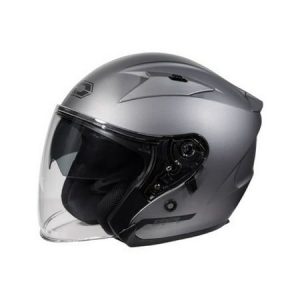
-
Find the Widest Part of Your Head: Locate the widest part of your head, which is typically just above your eyebrows and around the midway point of your forehead.
-
Wrap the Tape Measure Snugly: Wrap the measuring tape comfortably around your head at the widest point you identified in step 1. Hold the tape measure level and ensure it’s not too loose or digging into your head.
-
Take Multiple Measurements: It’s a good practice to take several measurements around your head to ensure accuracy. Record the largest measurement obtained.
-
Convert to Centimeters (if necessary): In the United States, helmet sizes are often listed in centimeters. If you measured your head in inches, use a conversion chart or online tool to convert the measurement to centimeters.
Choosing Your Motorcycle Helmet Size: Using the Manufacturer’s Size Chart
Once you have your head circumference measurement in centimeters, consult the manufacturer’s size chart for the specific helmet you’re interested in. These charts typically correlate head circumference ranges to corresponding helmet sizes.

For example, a manufacturer’s size chart might indicate that a head circumference of 57-58 cm corresponds to a medium (M) size helmet.
Important Considerations When Using Size Charts:
-
Head Shape Matters: While head circumference is a crucial factor, it’s not the only one. Head shapes can vary (round, oval, long), and some helmets may cater better to specific head shapes. Consider researching the helmet’s known fit characteristics (round oval, intermediate oval) to ensure a good match for your head shape.
-
Manufacturer Variations: Sizing charts can vary slightly between manufacturers. Even if you’ve worn a specific size in one helmet brand, it’s always best to consult the size chart for the particular helmet you’re considering.
Beyond the Numbers: Trying on Motorcycle Helmets for Optimal Fit
While a proper head measurement is a great starting point, the ultimate test for a good helmet fit is trying it on. Here are some key points to remember during the helmet fitting process:
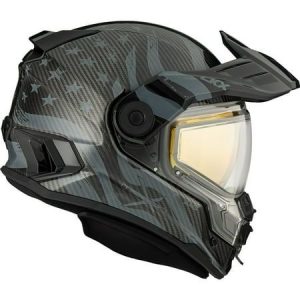
-
Snug but Comfortable: The ideal helmet fit should be snug but comfortable. The helmet should feel secure and not move excessively when you shake your head. However, it shouldn’t be so tight that it causes pressure points or headaches.
-
Cheek Pad Check: With the helmet on, try to gently slide your cheeks back and forth. There should be some slight movement, but the cheeks shouldn’t be able to compress easily.
-
Eyebrow Test: Gently push the helmet down from the brow. A properly fitting helmet shouldn’t press down excessively on your eyebrows.
-
Roll Test: Once the helmet is secured, try rolling your head from side to side. The helmet should move smoothly with your head without lifting or constricting.
-
Noise Check: A good motorcycle helmet should provide adequate noise reduction to minimize wind noise and road rumble during your ride. While trying on the helmet, listen for any excessive noise intrusion. Some manufacturers publish noise attenuation ratings, which can be a helpful benchmark.
-
Comfort is Key: You’ll likely be wearing your motorcycle helmet for extended periods. Ensure the helmet feels comfortable throughout the fitting process. Pay attention to any pressure points or areas that rub uncomfortably.
-
Factor in Break-in Period: New helmet padding may feel slightly snug at first. Allow some time for the padding to break in and conform to the shape of your head for a more comfortable fit over time.
Getting the Perfect Fit: Additional Tips
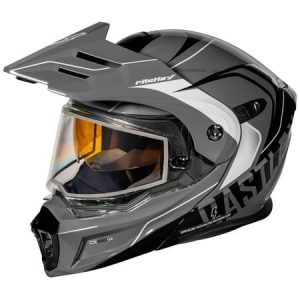
-
Bring Your Riding Glasses (if applicable): If you wear eyeglasses while riding, bring them with you when trying on helmets. Ensure your glasses fit comfortably inside the helmet without causing pressure on your temples or ears.
-
Consider the Helmet Liner: Some helmets come with removable or interchangeable liners. This allows for a more customized fit and can be helpful if you’re between sizes or have a specific head shape.
-
Don’t Rush the Process: Finding the right helmet is an investment in your safety and comfort. Take your time during the fitting process and don’t hesitate to try on multiple helmets and sizes to find the perfect match.
The Takeaway: Finding Your Perfect-Fitting Motorcycle Helmet
Finding a motorcycle helmet that fits perfectly isn’t just about vanity; it’s about prioritizing your safety. By accurately measuring your head, understanding manufacturer size charts, and considering the additional tips outlined above, you can ensure a snug, comfortable, and most importantly, safe helmet fit.
Shop Our Wide Selection of Motorcycle Helmets Today!
Now that you’re equipped with the knowledge to find the perfect fitting helmet, browse our extensive collection of motorcycle helmets from top brands! We offer a variety of styles, features, and sizes to suit your riding needs and preferences. Our friendly and knowledgeable staff is always happy to answer your questions and guide you towards the perfect helmet for a safe and enjoyable ride.
